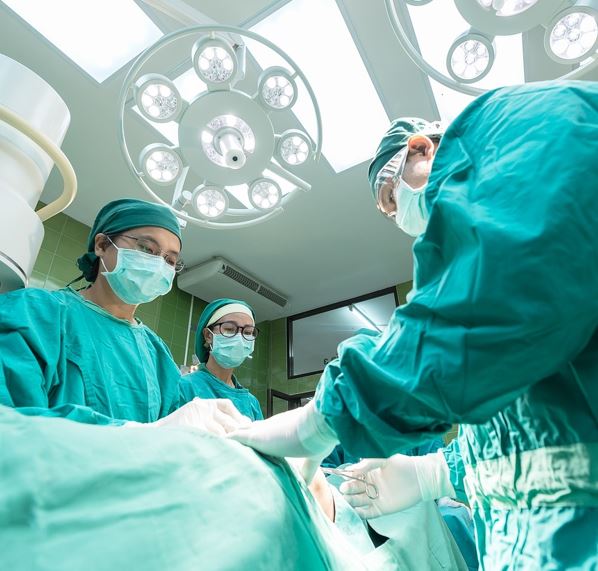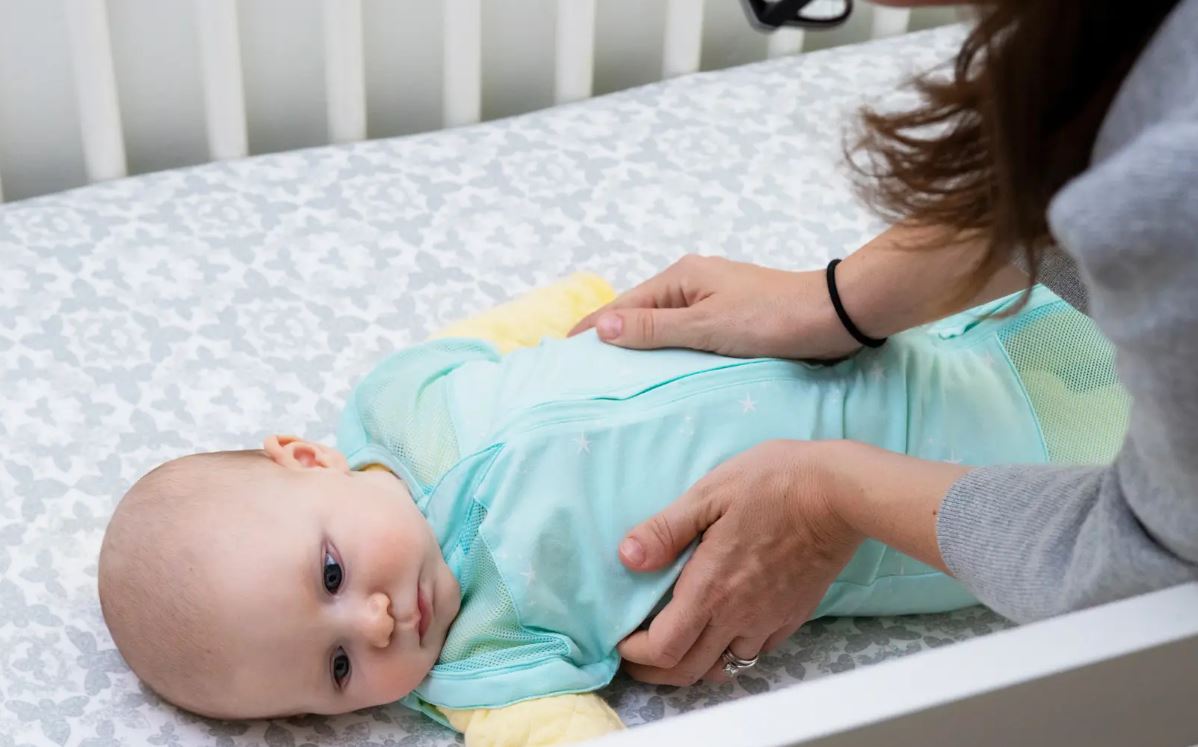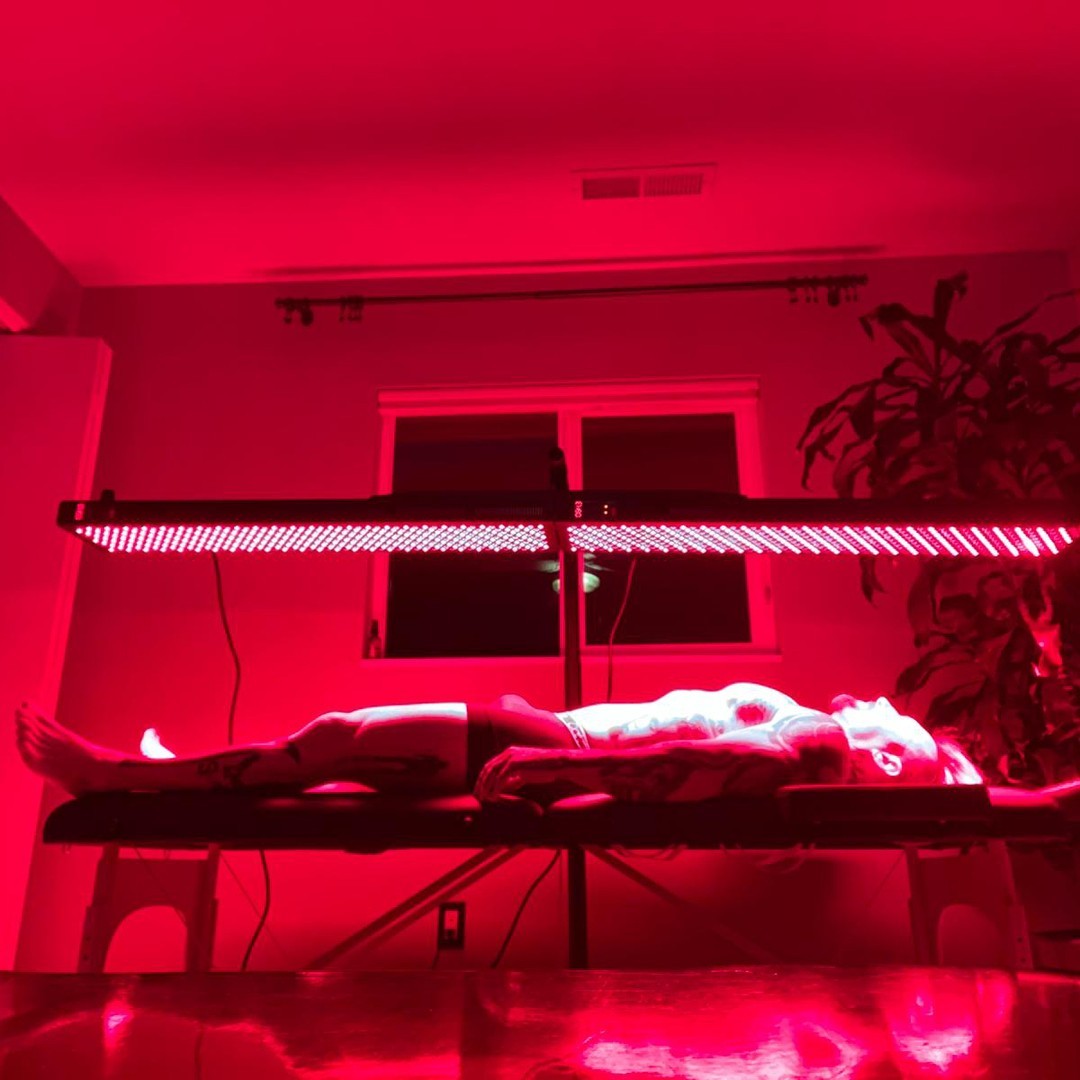![]() Free Shipping
Free Shipping ![]() Buy Now, Pay Later
Buy Now, Pay Later ![]() Eligible
Eligible
Understanding Breast Augmentation and the Role of RTL in Recovery

There are various motivating factors fueling the popularity of breast augmentation procedures. For some, it’s an issue of making their physical appearance match their perception of self-image to increase confidence. For others, the procedure presents a way to regain lost volume due to pregnancy, age, or weight loss. Cultural beauty standards emphasizing a fuller bust are also behind the idea of undergoing this procedure.
The availability and advancement in surgical methods have also made it easier for people to choose these procedures. Ultimately, the decision is very personal, motivated by a need to feel more confident and comfortable in one’s own skin, but societal pressure and conformity continue to be powerful factors.
Understanding the Breast Augmentation Procedure
Breast augmentation is a transformative procedure used to increase breast size and shape, usually with implant or fat transfer. The procedure begins with anesthesia to ensure the comfort of the patient.
Next, a surgeon makes precise incisions, usually in the breast, around the nipple, or in the armpit to create an implant pocket. Then, silicone or saline implants are used to create a texture and achieve desired effects. Fat transfer is another option available that involves removing fat from other areas of the body and injecting it into the breasts.
Considering the complexities involved in this procedure, it’s vital to do your research and find the best plastic surgeons who perform breast augmentation. Ideally, you should look for board certification and substantial experience. Go with a surgeon who can demonstrate a strong track record of successful cases. An experienced surgeon will help confirm if you’re the right candidate for breast augmentation and what to expect when undergoing a procedure.
The Importance of Using RTL for Recovery
Since the procedure causes surgical trauma to the muscles, tissues, blood vessels and nerves, your body needs time to repair itself. However, various options are available to help accelerate recovery. One effective option is to use red light therapy (RLT).
The RLT offers a non-invasive option to enhance recovery and optimize results following a plastic surgery procedure. The therapy involves exposing yourself to specific light wavelengths, typically 630-850 nm to trigger cellular repair, reduce inflammation, and promote healing of tissues. Here’s more about why RLT can really help you after your surgery:
- Reduces swelling: It’s natural to have some swelling after any surgical procedure, but excessive swelling may hinder healing and result in more pain. RLT can help by modulating overactive immune reactions. It also reduces pro-inflammatory cytokines and enhances lymphatic drainage, which minimizes swelling around the implant site.
- Facilitates tissue repair: RLT may also help enhance tissue repair because it improves the function of mitochondria within cells. This mitochondrial activity increases ATP production, which is responsible for tissue repair. Regular exposure to red light may also speed up the regeneration of blood vessels, nerves, and connective tissue around the implant. It also lowers your risk of complications, such as infection.
- Manages pain effectively:The irritation of nerves and constant swelling can increase postoperative pain. However, RLT can help through its antiinflammatory effect and interference with pain transmission at the cellular level. You’re less likely to need stronger pain medication when you use RLT on a regular basis during the recovery process.
- Prevents capsular contracture: When you get an implant through a surgical procedure, there’s always a chance of developing a band of tightening scar tissue around it. This is called capsular contracture. RLT maintains healthy collagen in its natural alignment and inhibits oxidative stress, which suppresses the excessive formation of scar tissue. Remember, early use of red light may help you get better results.
- Improves scar appearance: In most cases, breast augmentation scars are quite visible. However, resorting to RLT may help by stimulating new collagen formation and remodeling of the skin. This often leads to flatter, lighter scars. Moreover, regular exposure to red light may soften scar tissue and ensure it’s absorbed more naturally into the skin.
Improving the Effectiveness of Red Light Therapy
For optimal RLT results, you should work with a professional and proceed with a plan. Using the right device matters if you’re doing it on your own. You also need to wash the area with mild soap and water before using the device.
It’s also important to position the device 6 to 12 inches away from your skin. You should also cover all your breast area, including where you made the incisions. You should also keep in mind that it’s better to not expose your implant area to red light for more than 10 to 20 minutes, as longer exposure won’t accelerate healing.
The good thing is that the red light won’t hurt your new implants because it never gets too hot to cause any damage. However, if you do notice your skin becoming red or irritated, discontinue use and consult with your doctor. If you’ve had a new tattoo in the area, wait around six to eight weeks before using the light there. Finally, if you’re on medications, particularly those that make your skin light-sensitive (like some antibiotics), it’s better to consult your doctor before beginning red light therapy.
Endnote
It doesn’t matter what makes you go for breast augmentation, but once you’ve had it, you must take steps to reduce swelling and accelerate healing. While the light is less likely to cause any damage, it’s better to coordinate with your surgeon and ensure that your treatments align with your healing timeline.






